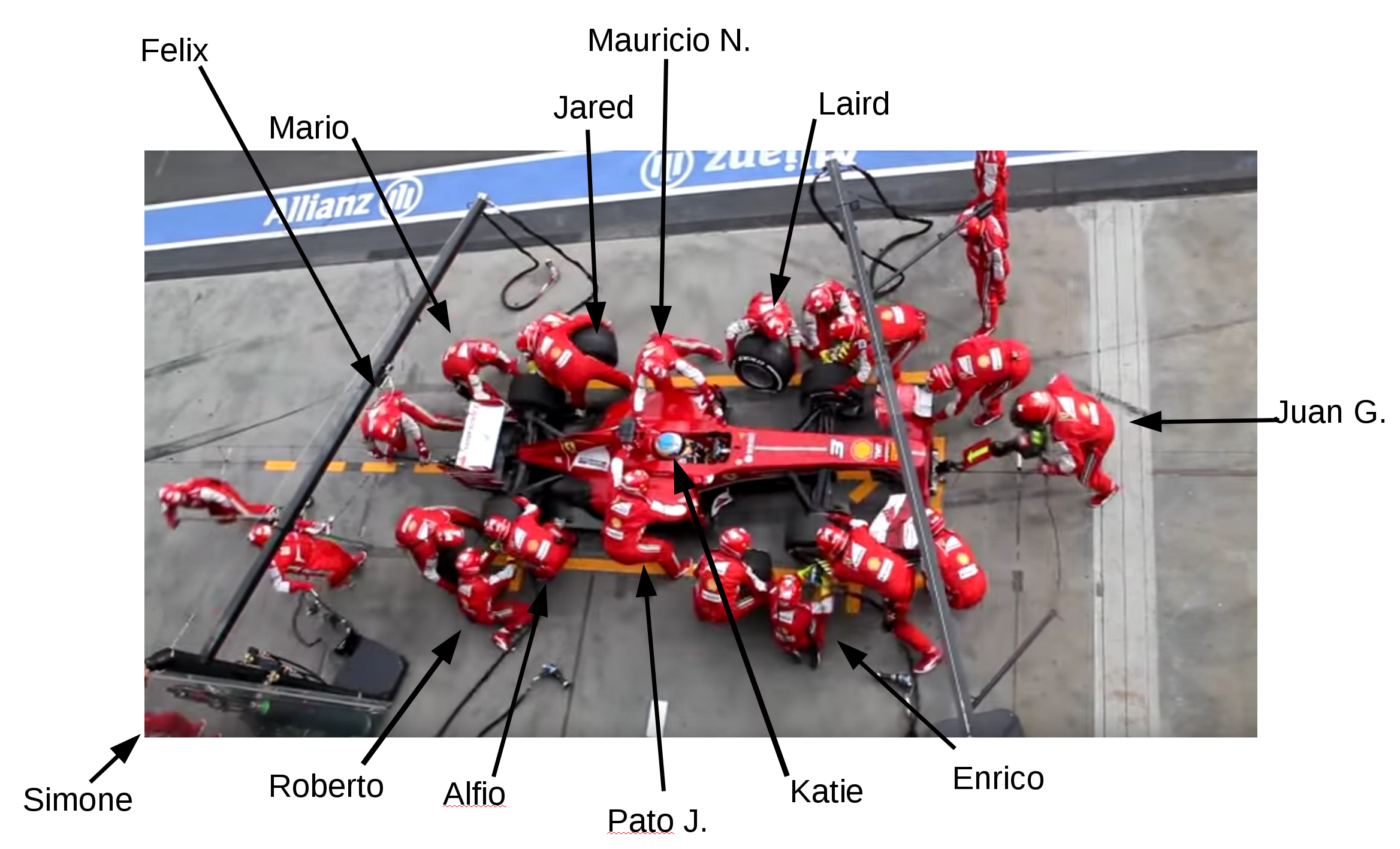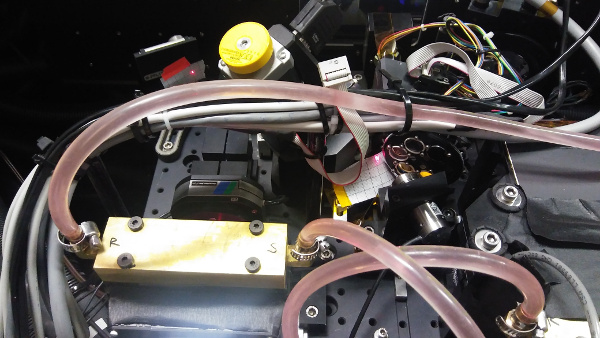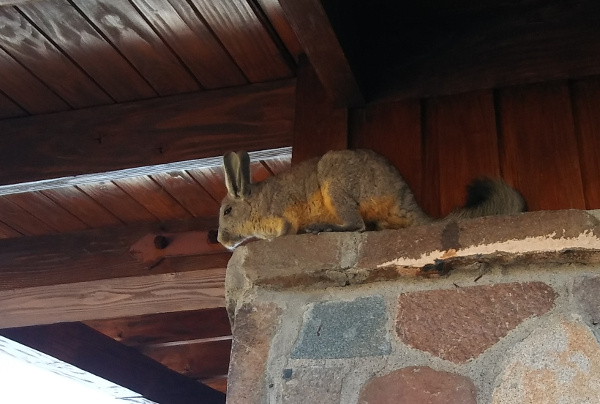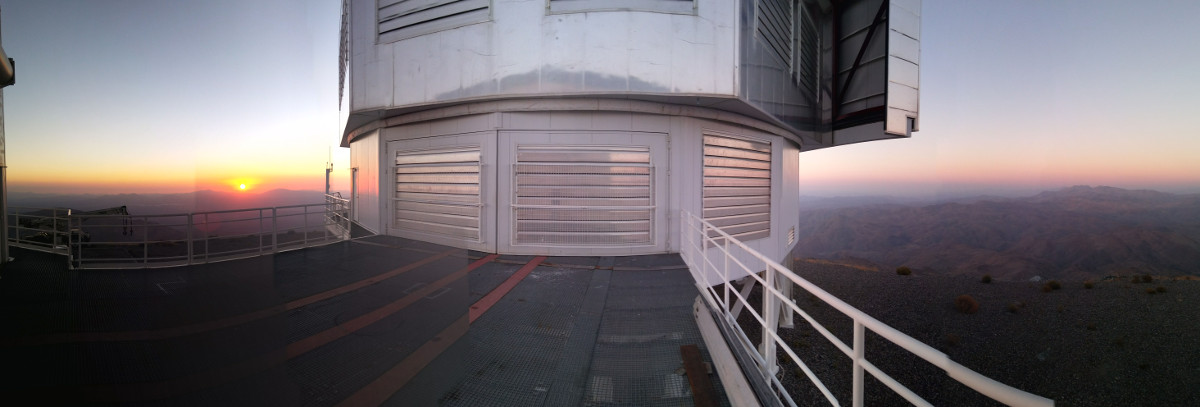As Alex described yesterday, we had to make a major mid-run repair to our system. One of the most important components of our Pyramid wavefront sensor failed on Alycia’s 2nd to last night. So we had to light the bat signal, and, as usual, our Italian collaborators and the LCO crew answered the call. First, Runa connected early on his Sunday morning to discuss piezoelectric actuator failure modes, and then Roberto, Mario, and Alfio stayed up late into Sunday evening in Italy to help us troubleshoot and confirm that our tip-tilt mirror (TTM) was broken. Then, the LCO crew helped us crane off Clio and the NAS first thing Monday morning. Meanwhile, we consulted with Enrico about how to do the change out without ruining our optical alignment, and once we had enough lasers bouncing off enough things, we swapped out the TTM with our spare as fast as we could, getting it done just in time for the crew to crane the NAS and Clio back onto the telescope just before dinner and in time for us to get it all re-connected in time for sunset. After a few software fixes under the guidance of Alfio, we closed the loop, Katie stepped on the gas and away we went.
Laird likes to say that our AO system is a fine Italian sports car (as compared to all those minivans out there), and Enrico compared our TTM change to a Formula One pit stop. So I thought I’d illustrate it. First, this picture identifies the roles various people played in our little drama:

And here it is, somewhat sped up from actual speed on the mountain:
Here’s a pic of some laser alignment spots.

Thanks to everybody who helped us pull this off: our collaborators in Italy, our amazing LCO crew-mates, and our patient observers.
Quote of the run: “What!!!! How do these things work at all?!?!” — Laird Close, investigating capacitive sensor theory.
It does turn out that Viscachas are mostly useless at times like this, but they are always there to say hi on our way up to the summit.

Tonight’s sunset behind a working AO telescope.
